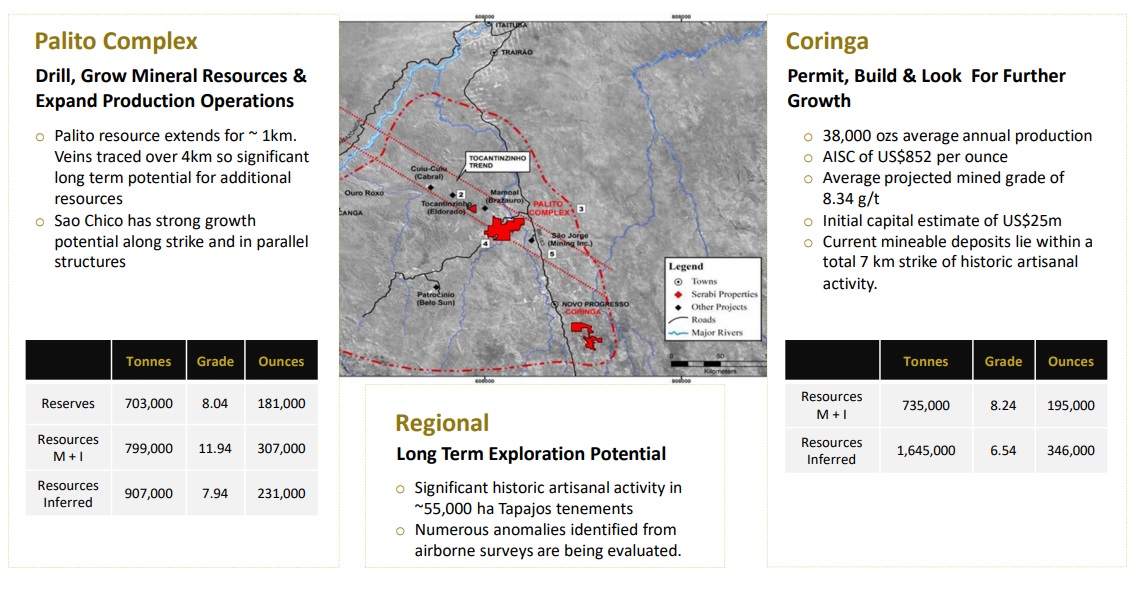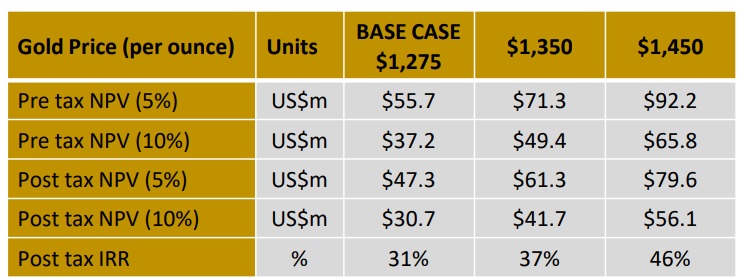
Serabi Gold (SBI.TO, SRB.L) had a good third quarter as the company produced almost 10,200 ounces of gold thanks to processing ore with a head grade of 6.84 g/t (whereas the average grade of the ore that has been mined during the quarter was 7.14 g/t). This brought the total gold production in the first nine months of the year to almost 30,000 ounces, and Serabi has now reconfirmed it expects to produce in excess of 40,000 ounces of gold which would be a 10% increase compared to the 2018 gold production of just over 37,000 ounces.
Serabi is also installing its ore sorter which should be commissioned before the end of this year and should help improve the performance of the processing facility from next year on by providing additional flexibility. Additionally, it will be interesting to see how the higher grade veins (Mogno and Ipe) will contribute to the ore mix as those veins are narrower than usual but have a higher average grade.

Meanwhile, Serabi is also moving ahead with the Coringa project in Brazil where it completed a PEA in September. The study envisages a 9 year mine life with an average production of 38,000 ounces of gold per year at an AISC of $852/oz. One of the main benefits of the Coringa project is the relatively low capex of just US$25M, and the after-tax IRR at $1275 gold was estimated at 31%. However, if you’d use $1450 gold, the IRR increases to 46% while the post-tax NPV10% comes in at US$56M. Using a lower discount rate of 5%, the NPV would be almost US$80M on an after-tax basis. This is based on a mine plan including just 300,000 ounces of the almost 550,000 ounces of gold on the project.
Disclosure: The author has no position in Serabi Gold.

